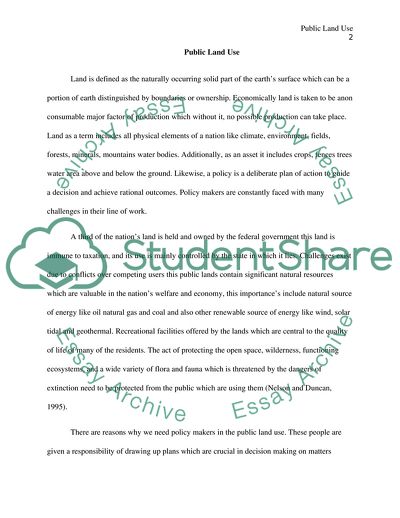Cite this document
(Land Use Control Strategies Report Example | Topics and Well Written Essays - 2500 words, n.d.)
Land Use Control Strategies Report Example | Topics and Well Written Essays - 2500 words. https://studentshare.org/macro-microeconomics/1812456-public-land-use
Land Use Control Strategies Report Example | Topics and Well Written Essays - 2500 words. https://studentshare.org/macro-microeconomics/1812456-public-land-use
(Land Use Control Strategies Report Example | Topics and Well Written Essays - 2500 Words)
Land Use Control Strategies Report Example | Topics and Well Written Essays - 2500 Words. https://studentshare.org/macro-microeconomics/1812456-public-land-use.
Land Use Control Strategies Report Example | Topics and Well Written Essays - 2500 Words. https://studentshare.org/macro-microeconomics/1812456-public-land-use.
“Land Use Control Strategies Report Example | Topics and Well Written Essays - 2500 Words”. https://studentshare.org/macro-microeconomics/1812456-public-land-use.


